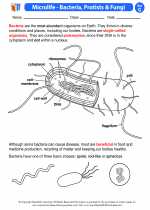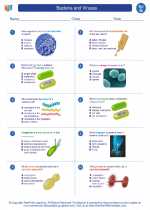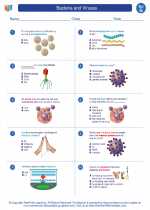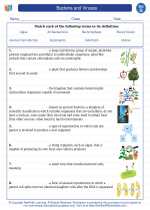What are Tetracyclines?
- Tetracyclines are a group of antibiotics that inhibit bacterial protein synthesis.
- They are effective against a broad range of bacteria.
- Common tetracyclines include tetracycline, doxycycline, and minocycline.
Mechanism of Action
Tetracyclines work by binding to the bacterial ribosome, specifically the 30S subunit, and inhibiting the association of aminoacyl-tRNA with the A site of the ribosome. This prevents the addition of amino acids to the growing peptide chain, ultimately inhibiting protein synthesis and bacterial growth.
Uses
- Tetracyclines are used to treat a wide range of bacterial infections, including respiratory tract infections, skin infections, urinary tract infections, and sexually transmitted infections.
- They are also used in the treatment of acne and rosacea.
- Tetracyclines may be used as prophylaxis for malaria in certain situations.
Administration and Side Effects
- Tetracyclines are usually taken orally, but they can also be administered intravenously for severe infections.
- Common side effects include gastrointestinal upset, photosensitivity, and the potential for tooth discoloration and bone growth inhibition in children.
- Pregnant women and young children are generally advised to avoid tetracyclines due to the risk of adverse effects on developing teeth and bones.
Resistance
Like other antibiotics, bacteria can develop resistance to tetracyclines through various mechanisms, including efflux pumps and ribosomal protection proteins. This underscores the importance of appropriate antibiotic use to minimize the development of resistance.
Conclusion
Tetracyclines are an important class of antibiotics that play a key role in the treatment of various bacterial infections. Understanding their mechanism of action, uses, and potential side effects is essential for their effective and responsible use in clinical practice.
.◂Science Worksheets and Study Guides Seventh Grade. Bacteria and Viruses

 Activity Lesson
Activity Lesson
 Worksheet/Answer key
Worksheet/Answer key
 Worksheet/Answer key
Worksheet/Answer key
 Worksheet/Answer key
Worksheet/Answer key
 Worksheet/Answer key
Worksheet/Answer key
 Vocabulary/Answer key
Vocabulary/Answer key
 Vocabulary/Answer key
Vocabulary/Answer key
 Vocabulary/Answer key
Vocabulary/Answer key
 Vocabulary/Answer key
Vocabulary/Answer key
